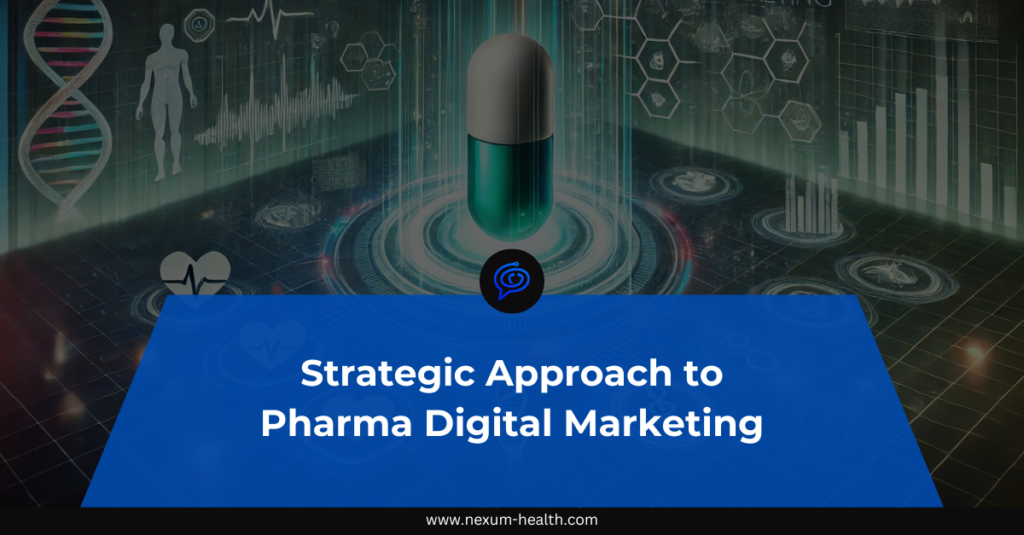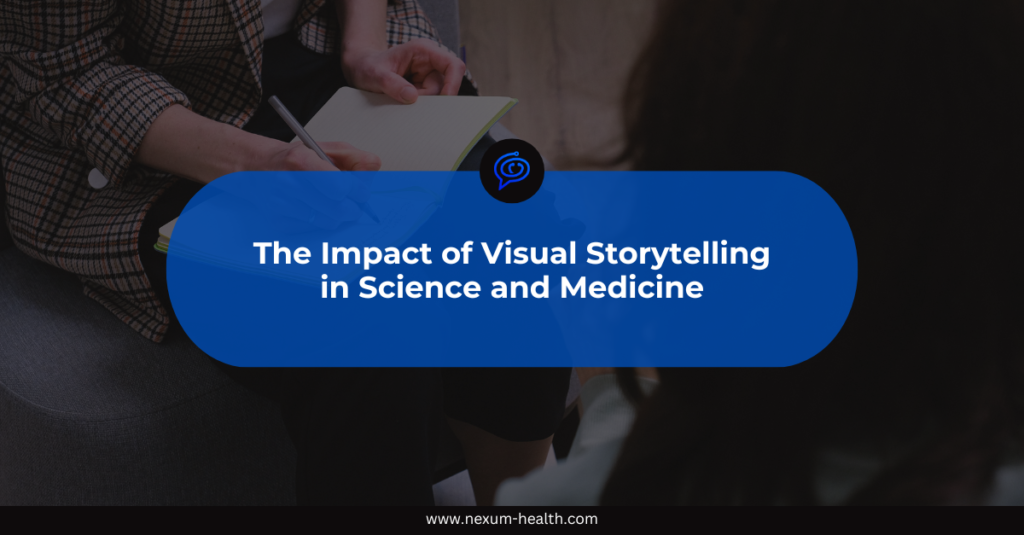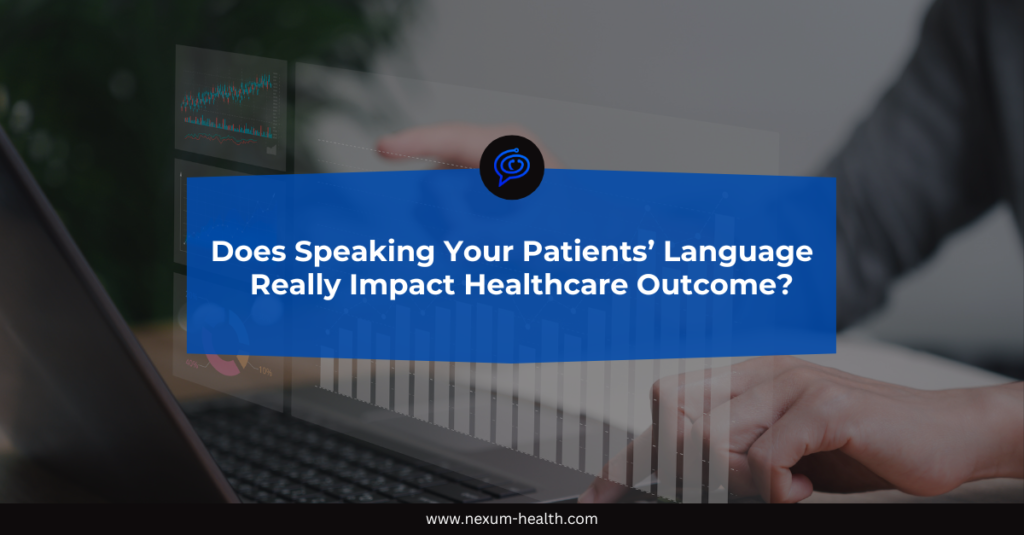In the modern era, communication technologies, particularly social media platforms, have transformed the dissemination of information, including scientific and healthcare updates. These platforms serve as dynamic hubs where individuals can access a wealth of knowledge, connect with experts, and stay informed about the latest developments in research, treatments, and public health measures. From breaking news alerts to live updates from global health organisations, these digital channels offer unprecedented immediacy and accessibility, permitting individuals to make informed decisions about their health and well-being.
However, alongside their immense potential for delivering accurate and timely information, these same communication technologies harbour a darker side. The absence of robust regulation and oversight mechanisms allows misinformation and conspiracy theories to flourish unchecked. Misinformation about vaccines, treatments, and the origins of diseases can spread rapidly across social media platforms, fuelled by algorithmic amplification, echo chambers, and the viral nature of online content. Moreover, the anonymity afforded by these platforms enables malicious actors to sow discord, undermine public trust in science, and erode confidence in public health interventions.
As a result, the dual nature of modern communication technologies presents a formidable challenge. On one hand, they offer opportunities to democratise access to knowledge, foster scientific literacy, and mobilise communities in response to public health emergencies. On the other hand, they serve as conduits for the dissemination of misinformation, posing significant threats to public health, societal cohesion, and the integrity of scientific discourse.
The Challenge of Information Overload
In an era characterised by the proliferation of digital content, the challenge of information overload looms large, particularly in the context of distinguishing between factual information and misinformation. The COVID-19 pandemic has underscored the magnitude of this challenge, amplifying the need for reliable sources of information amidst a deluge of conflicting narratives, unverified claims, and sensationalist headlines.
The sheer volume of online information available on any given topic can be overwhelming, inundating individuals with an endless stream of news articles, social media posts, and expert opinions. Amidst this discord of voices, discerning credible sources from unreliable ones becomes increasingly difficult, exacerbating the risk of inadvertently spreading misinformation and contributing to the erosion of public trust in authoritative sources of information.
Furthermore, the rapid pace at which information spreads across digital platforms compounds the challenge of information overload. With news cycles constantly evolving and social media algorithms prioritising sensational or divisive content, individuals are bombarded with a constant barrage of updates, making it challenging to separate signal from noise and identify the most accurate and up-to-date information.
The Infodemic Phenomenon
The term “infodemic” serves as a descriptor for the widespread dissemination of misinformation and disinformation, particularly within the domains of science and health. This phenomenon not only highlights the rapid proliferation of false or misleading information but also underscores the profound and multifaceted consequences it has on various aspects of society, ranging from public health management to trust in scientific research and policymaking.
At its essence, the infodemic phenomenon poses a significant threat to public health management, especially evident during health crises such as the COVID-19 pandemic. False information regarding transmission routes, preventative measures, and treatment options can incite confusion, fear, and panic among the population, leading to non-compliance with recommended guidelines and exacerbating the spread of infectious diseases. Additionally, the dissemination of inaccurate or unverified information can undermine public trust in authoritative sources of health information, hindering efforts to promote vaccination, implement effective public health measures, and mitigate the impact of the pandemic.
Beyond its immediate implications for public health, the infodemic phenomenon also erodes trust in scientific research and expertise, posing challenges to the integrity of scientific discourse and the dissemination of evidence-based knowledge. When misinformation spreads unchecked, it can fuel conspiracy theories, amplify distrust in established scientific consensus, and foster scepticism towards institutions and experts tasked with safeguarding public health. This erosion of trust not only undermines the credibility of scientific research but also undermines public confidence in the efficacy of evidence-based interventions, eventually impeding efforts to address pressing health challenges and promote informed decision-making.
Furthermore, the infodemic phenomenon extends its influence into policymaking and public discourse, where misinformation can distort public perceptions, shape political agendas, and influence decision-making processes. Misinformation campaigns can manipulate public opinion, drive polarising narratives, and propagate discord within communities, ultimately undermining efforts to develop and implement evidence-based policies and interventions. By perpetuating falsehoods and promoting distrust in institutions, misinformation undermines the foundations of democratic governance and public accountability, posing profound challenges to the advancement of societal well-being.
Lessons from Past Outbreaks and Vaccine Confidence Studies
Examining past outbreaks, such as the Ebola crisis in West Africa, offers profound insights into the tangible repercussions of misinformation on public health practices and attitudes. During the Ebola outbreak, misinformation ran rampant, spreading fear and confusion among affected communities. False beliefs, including the misconception that the virus could be transmitted through the air or via mosquitoes, not only undermined trust in healthcare authorities but also led to a dangerous disregard for established preventive measures. Tragically, individuals who fell prey to these misconceptions were more likely to engage in risky behaviours, such as unsafe burial practices, innocently facilitating the virus’s spread and impeding containment efforts. The devastating consequences of misinformation during the Ebola crisis serve as a stark reminder of the urgent need to address false narratives and promote accurate information dissemination during public health emergencies.
In addition to examining specific case studies, global trends in vaccine confidence offer valuable insights into the pervasive influence of misinformation on public attitudes towards vaccination. Across different countries and regions, significant variations in vaccine confidence levels have been observed, influenced by a myriad of factors including access to information, cultural beliefs, and historical experiences. For instance, in high-income countries like France, scepticism towards vaccines has been notably prevalent, with a considerable portion of the population expressing doubts regarding vaccine safety and the efficacy of public health interventions. Such trends highlight the profound impact of misinformation on public perceptions of vaccination, highlighting the critical importance of addressing false narratives and fostering trust in immunisation efforts.
The lessons gleaned from these case studies and global trends emphasise the imperative for targeted interventions to combat misinformation and promote evidence-based health communication strategies. By understanding the underlying factors that contribute to the dissemination of false information and its detrimental effects on public health outcomes, policymakers and public health authorities can develop customised approaches to counteract misinformation effectively. This may include initiatives aimed at improving access to accurate health information, engaging with communities to address concerns and dispel myths, and fostering trust in scientific research and expertise. By adopting a multifaceted approach that prioritises accurate information dissemination and community engagement, we can mitigate the harmful effects of misinformation and enhance public health outcomes on a global scale.
Creating Readable Scientific Content
Writing scientific content that resonates with both experts and non-experts alike requires a delicate balance of clarity, engagement, and accessibility. Here are some comprehensive strategies to enhance the readability and effectiveness of your scientific communication:
1, Know Your Audience:
Understanding: Take time to understand the demographics, background knowledge, and interests of your target audience.
Adaptability: Adapt your language, tone, and content to suit the needs and preferences of your audience, whether they are scientists, policymakers, or the general public.
2. Clarity is Key:
Simplify Language: Avoid using overly technical jargon and complex terminology. Instead, opt for clear, straightforward language that is easily understood.
Define Terms: Define any specialised terms or concepts to ensure clarity for readers who may not be familiar with scientific terminology.
Conciseness: Be concise in your writing, conveying your message succinctly without unnecessary verbosity.
3. Structure Your Content:
Clear Organisation: Structure your content with clear headings, subheadings, and sections to guide readers through the material.
Logical Flow: Ensure a logical flow of information, presenting concepts in a sequential manner that is easy to follow.
Visual Hierarchy: Use formatting techniques such as bullet points, numbered lists, and bold text to highlight key points and improve readability.
4. Use Visual Aids:
Visual Elements: Incorporate visuals such as graphs, charts, diagrams, and images to supplement your written content.
Clarity and Relevance: Ensure that visual aids are clear, relevant, and effectively illustrate the concepts being discussed.
Accessibility: Provide alternative text descriptions for images to accommodate readers with visual impairments.
5. Engage the Reader:
Storytelling: Use storytelling techniques to engage readers and make scientific concepts more relatable and memorable.
Interactive Elements: Include interactive elements such as quizzes, polls, or interactive graphics to encourage reader engagement.
Relevance: Connect your content to real-world examples, case studies, or current events to demonstrate its relevance and applicability.
6. Be Transparent:
Honesty: Acknowledge limitations, uncertainties, and areas of ongoing research in your writing to maintain transparency and credibility.
Citations: Provide references and citations to support your claims and enable readers to explore the topic further.
Balance: Clearly distinguish between established facts, hypotheses, and speculations, ensuring that readers understand the level of certainty associated with each.
7. Seek Feedback:
Peer Review: Share your writing with colleagues, mentors, or subject matter experts for feedback and constructive criticism.
User Testing: Conduct user testing or surveys to assess the readability, comprehension, and effectiveness of your content.
Iterative Improvement: Use feedback to iteratively refine and improve your writing, ensuring that it effectively communicates your message to your intended audience.
Take Advantage of Social Media for Health Communication
Social media platforms have emerged as powerful tools for disseminating health information, engaging with diverse audiences, and promoting public health initiatives. However, alongside the opportunities they present, social media also pose unique challenges for effective health communication.
Opportunities:
Wide Reach: Social media platforms have extensive user bases, providing a vast audience for health messaging. This reach enables health organisations to connect with diverse demographics and populations, including hard-to-reach or marginalised groups.
Real-time Communication: Social media facilitates instant communication, allowing health authorities to rapidly disseminate timely information during health emergencies, outbreaks, or public health campaigns. This real-time responsiveness can enhance crisis communication and improve public awareness and understanding of health issues.
Engagement and Interaction: Social media platforms offer interactive features such as comments, shares, likes, and polls, fostering engagement and dialogue between health organisations and the public. This two-way communication enables direct interaction, feedback, and community building, promoting active participation and collaboration in health promotion efforts.
Personalisation and Targeting: Social media algorithms enable precise targeting of health messages to specific demographics, geographic regions, or interest groups. This personalised approach enhances message relevance and effectiveness, increasing the likelihood of engagement and behaviour change among targeted audiences.
Data Analytics: Social media platforms provide robust analytics tools that allow health organisations to track metrics such as reach, engagement, and audience demographics. This data-driven approach enables continuous monitoring and optimisation of health communication strategies, enhancing their effectiveness over time.
Challenges:
Misinformation and Misinterpretation: Social media platforms are rife with misinformation, rumours, and pseudoscience, which can undermine public trust in health authorities and promote unfounded beliefs or behaviours. Addressing misinformation requires vigilant monitoring, rapid response, and proactive dissemination of accurate information.
Privacy and Security Concerns: Health communication on social media may raise privacy and security concerns, particularly when sharing sensitive health information or engaging with vulnerable populations. Health organisations must adhere to strict privacy regulations and ethical guidelines to safeguard user data and maintain trust.
Information Overload and Fatigue: The constant stream of health-related content on social media can lead to information overload and fatigue among users, diminishing the impact of health messages. To combat this, health organisations must employ strategies to cut through the noise and deliver concise, relevant information that captures users’ attention.
Digital Divide: Not all populations have equal access to social media or the internet, creating a digital divide that may exacerbate health disparities. Health organisations must ensure that their social media initiatives are inclusive and accessible to diverse populations, including those with limited digital literacy or internet connectivity.
Ethical and Legal Challenges: Health communication on social media raises ethical and legal considerations regarding accuracy, transparency, and user consent. Health organisations must adhere to professional standards, guidelines, and regulations governing health communication, ensuring that their messages are evidence-based, transparent, and culturally sensitive.
In conclusion, science communication in the digital age requires a nuanced understanding of both the opportunities and challenges presented by modern communication technologies. While social media platforms offer opportunities to democratise access to knowledge and engage with diverse audiences, they also serve as fertile grounds for the spread of misinformation and disinformation.
The dual nature of these communication technologies underscores the importance of media literacy, critical thinking skills, and robust information verification mechanisms. As the COVID-19 pandemic has vividly illustrated, the proliferation of misinformation can have profound consequences on public health management, scientific discourse, and societal trust.
Addressing the challenge of information overload and combating the infodemic phenomenon necessitate targeted interventions that promote evidence-based health communication strategies. Lessons learned from past outbreaks and vaccine confidence studies highlight the imperative for accurate information dissemination, community engagement, and fostering trust in scientific research and expertise.
Creating readable scientific content that resonates with diverse audiences requires clarity, engagement, and transparency. Leveraging social media for health communication offers opportunities to reach wide audiences, facilitate real-time interaction, and personalise messaging, but it also poses challenges related to misinformation, privacy concerns, and digital disparities.
By adopting a multifaceted approach that combines effective communication strategies with vigilant monitoring and proactive response mechanisms, we can mitigate the harmful effects of misinformation and promote informed decision-making for the betterment of public health and societal well-being.






